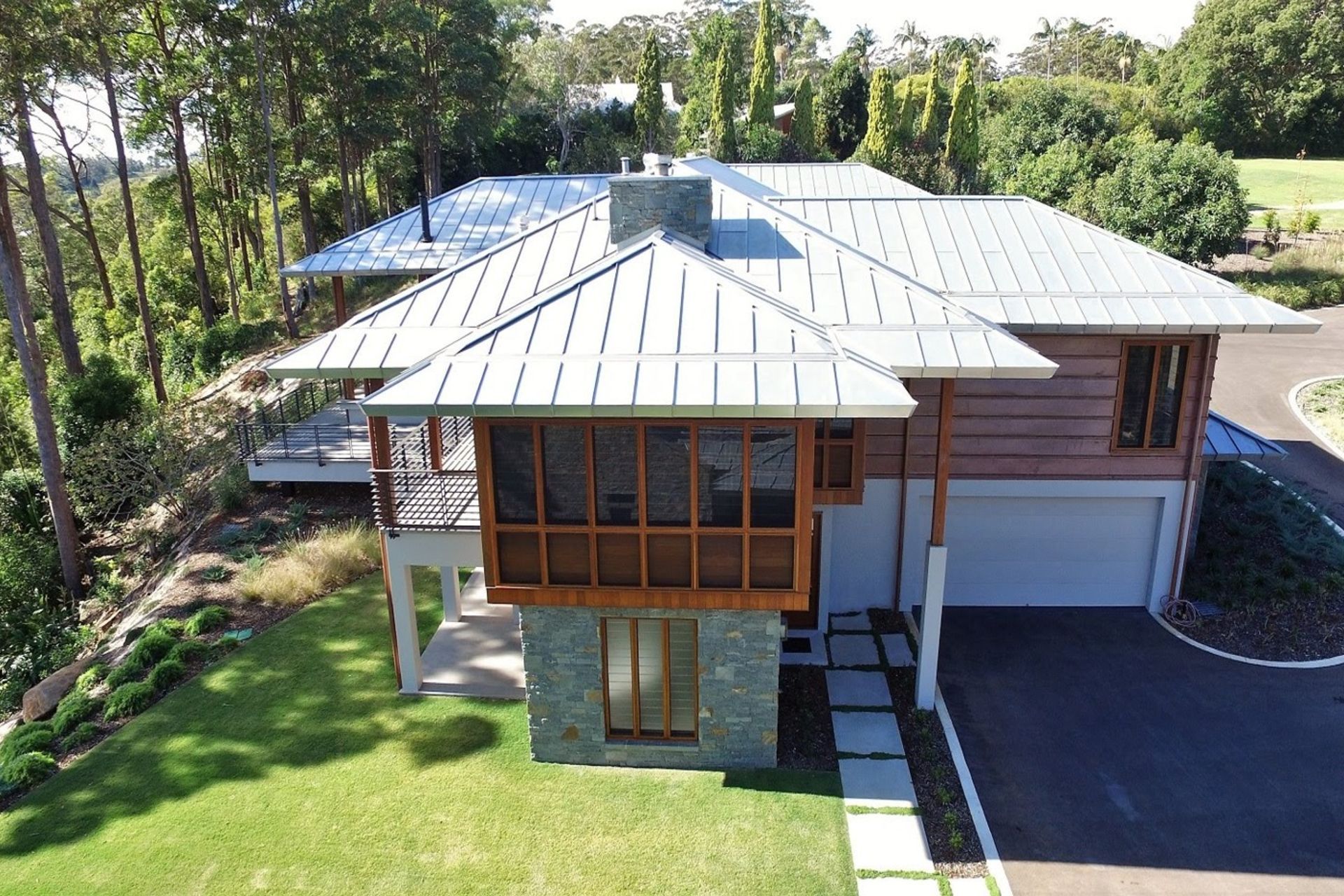Roofing materials for Australian homes - pros and cons
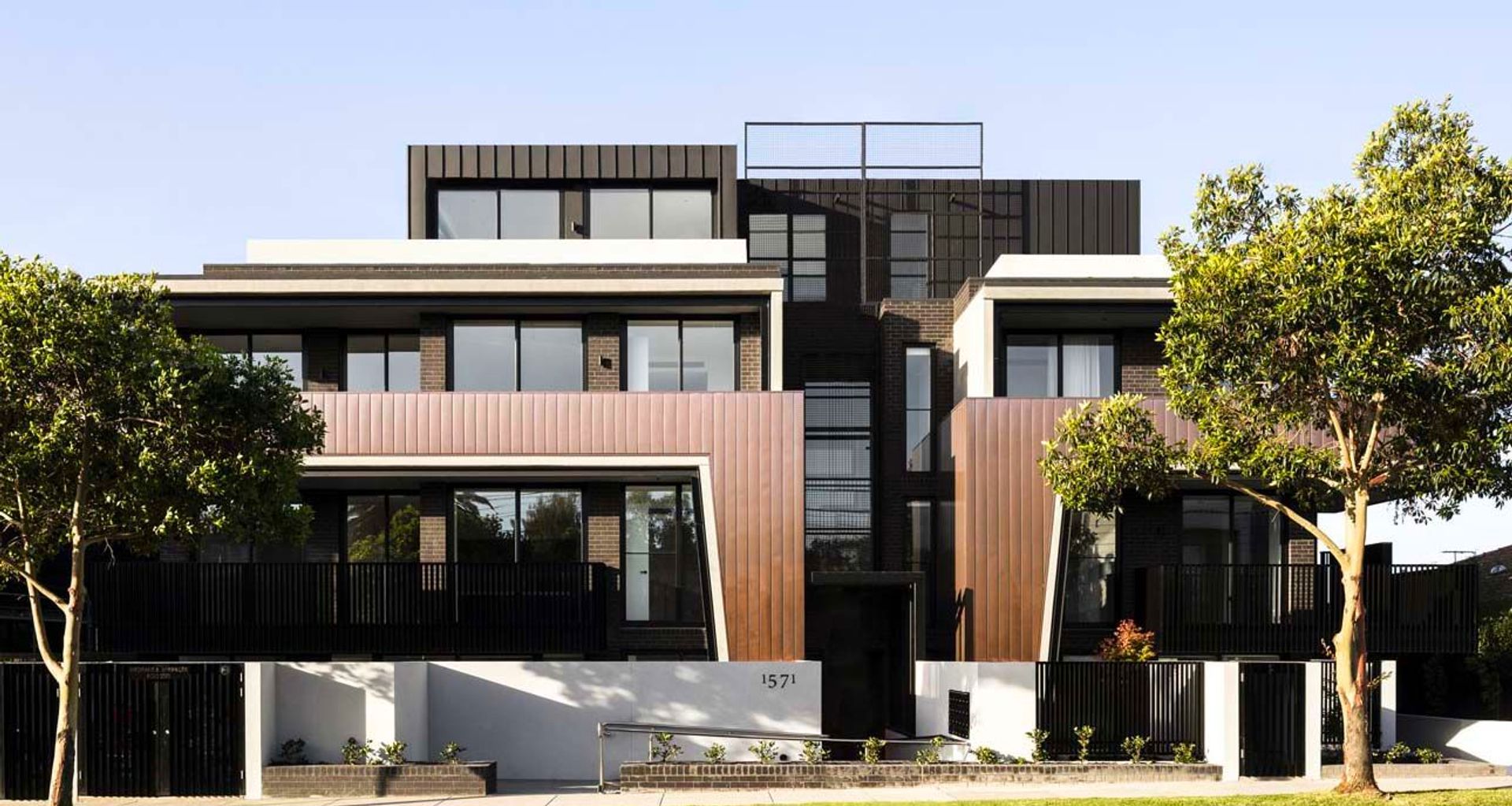
There are a number of factors involved in choosing the right roofing material for your home. These include climatic conditions, architectural style, personal taste and of course, cost. In this guide, we've featured the options that you may want to consider, giving you the pros and cons of each, so you're informed about the types of roofing materials available and can make an informed choice.
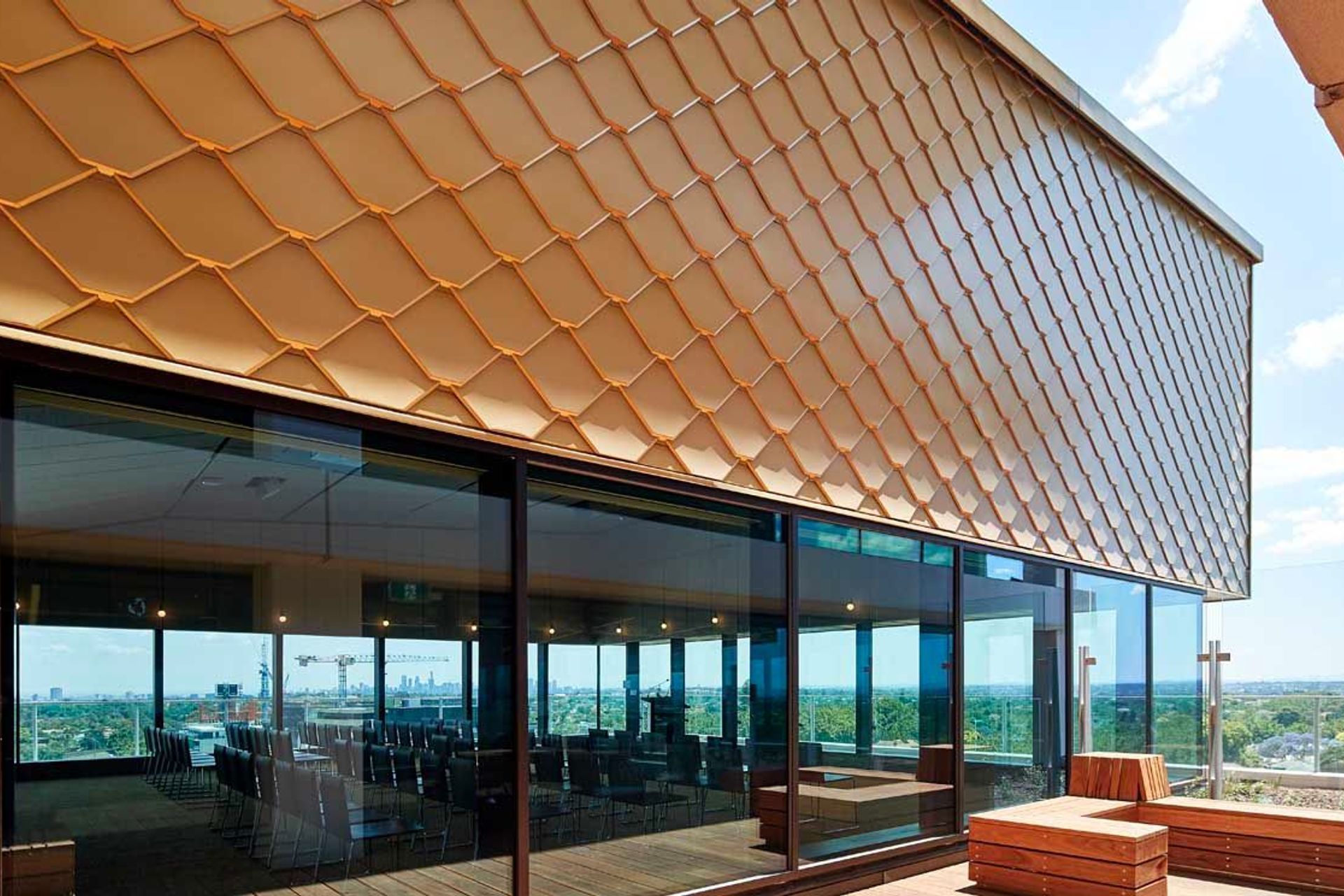
1. Asphalt shingles
Asphalt roofing is relatively new to the Australian market but has been much more prolific in overseas markets like the US for over 100 years. There are two types of asphalt shingles that are commonly available — organic and fibreglass. Organic shingles have a base layer made from waste paper, cellulose, or wood fibres that are infused with asphalt, and another top layer of asphalt is applied. Fibreglass shingles have a base layer of fibreglass that is bonded together with a urea-formaldehyde resin.
Pros
Asphalt shingles come in a variety of colours and patterns making them a visually appealing choice. The fibreglass option also has high fire resistance, which is often an important consideration for Australian conditions. Both are robust and durable products that require little ongoing maintenance. There are also specialised options for those who live in high-wind areas.
Cons
On the downside, while they are a durable option, asphalt tiles do deteriorate over the long term and can require replacing sooner than other roofing options, though the technology is getting better every year. Also, some organic tiles made prior to the 1980s may contain asbestos so it’s best to check this if you’re planning to buy an older house. As the tiles age, they will shed their granule coating, which could lead to water ingress issues.
2. Clay or concrete tiles
The first known clay roofing tile can be traced to ancient China thousands of years ago, making it the oldest man-made roofing material in human history. With such longevity, it’s not surprising that clay tiles (and later concrete tiles) have gained such universal acceptance. Manufacturing improvements over time have resulted in lighter-weight, more durable composite materials also being introduced.
Pros
There’s no denying the kerb appeal of a house with a tile roof, especially one in the style of a Spanish Mission or Mediterranean-style home — one of the most iconic roof styles of all time. Clay tiles are also very durable and fire, and are insect-resistant. Aesthetically, they come in a variety of colours and finishes and can also be recycled, giving them fantastic sustainability credentials.
Cons
On the downside, tiles are a heavier roofing option and so require extra structural support, which may add to a project’s construction costs. They can also break if walked on so any roof repairs need to be done with caution which can also be more time-consuming, costly and technically challenging.
3. Copper roofing
Copper roofing is considered the Rolls Royce of metal roofing types having been used for hundreds of years as one of the most durable and enduring metals there is. Few materials offer the unique aesthetic appeal of copper with its natural sheen often acting as a design statement for architects and designers.
Pros
Unlike some steel roof options, copper will never rust or corrode making it an ideal roof material for coastal locations. It doesn’t even require any special coatings or finishes to achieve this. Copper is highly recyclable.
Cons
On the downside, copper is a very soft metal, which means it can be easily dented by hail or stray objects. Copper is also susceptible to temperature fluctuations and tends to expand and contract, which, if not properly installed, can lead to potential water ingress issues.
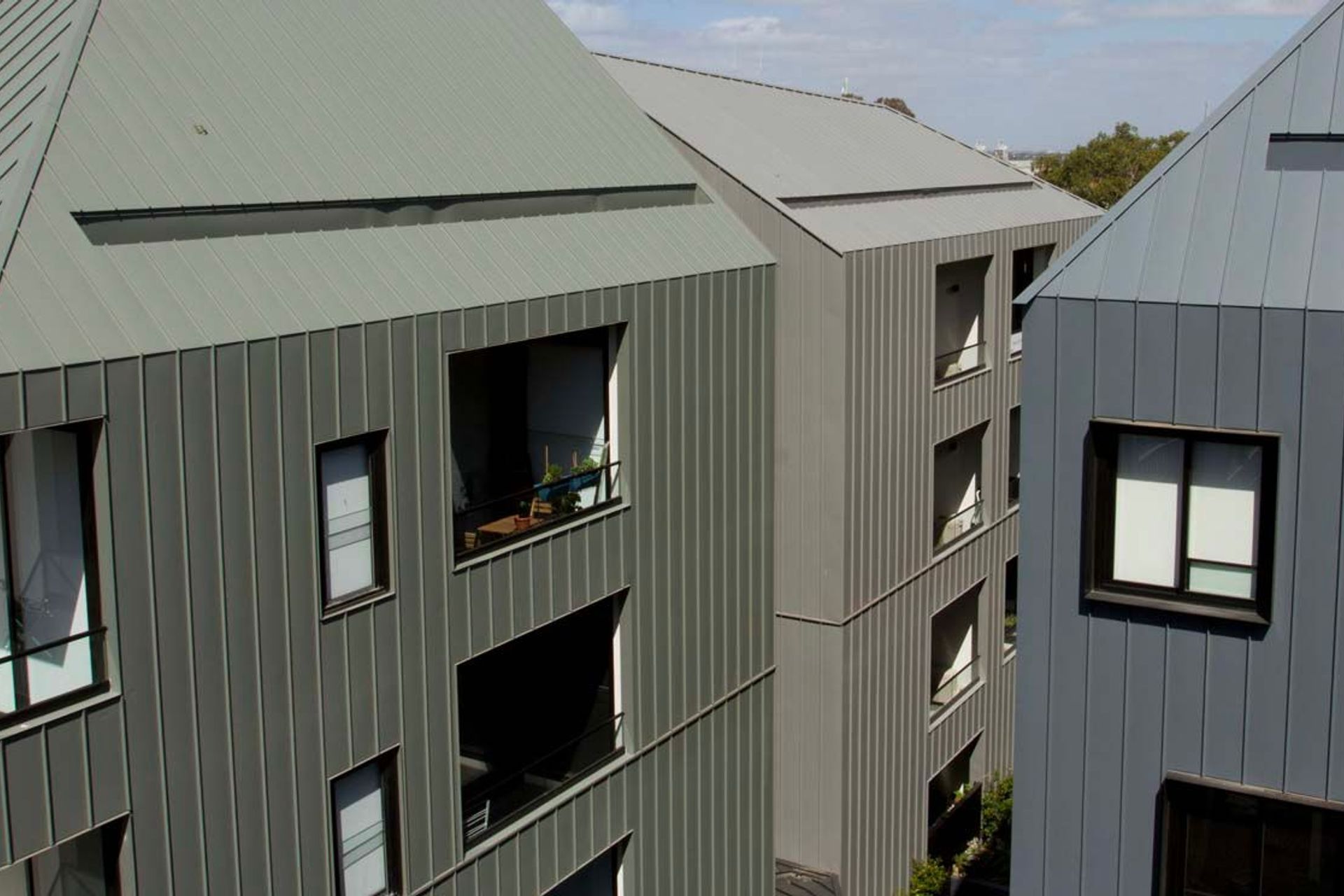
4. Corrugated iron/Tin roof
While the term corrugated iron is a bit of a misnomer these days (having been made from steel for more than a century) it is an Australian icon that has been used on house and shed roofs right across our great land. Its durability is renowned and advances in technology have seen the introduction of many different styles and finishes.
Pros
Steel roofing is easy to install and offers a high performance-to-weight ratio. It suits just about every architectural style and is widely found in both older and modern homes. On top of this, it is also recyclable at the end of its lifecycle and can easily stand up to our changeable and challenging climate.
Cons
On the downside, steel roofing will dent when hit hard enough, which can mar its appearance. Damage can also lead to leaks around seamed areas. Similarly, if not installed properly, you can also encounter problems around water ingress and in high wind situations, your roof could lift off entirely.
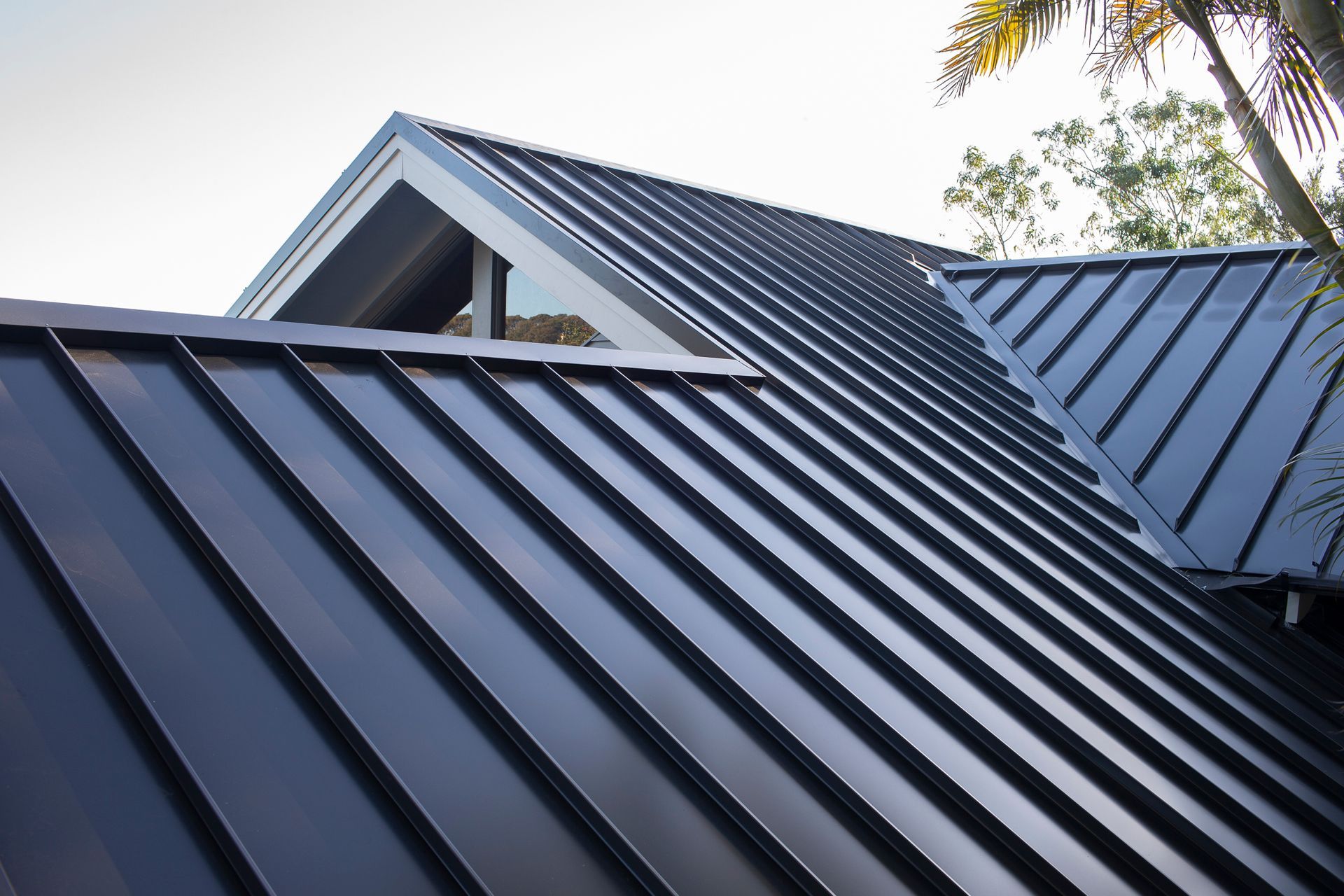
5. Membrane roofing
Membrane roofing products traditionally sat in the domain of commercial buildings but have, more recently, gained a following in the residential market, ideally suited for low-pitched or flat roofs. There are five major types of membrane roofing — thermoset, thermoplastic, modified bitumen, glass-reinforced plastic and liquid.
Pros
Each type of membrane roofing has its own subtle traits and qualities, but as a general rule, they all offer good performance-to-weight ratios, are easy to install by specialised roofing contractors, and are aesthetically pleasing.
Cons
On the downside, some thermoset and thermoplastic products with poor installation and maintenance have been known to pool water or suffer from water ingress. Similarly, these products have been known to suffer punctures, so care needs to be taken when inspecting the roof or carrying out repairs to other roof structures.
Related article: How to get and compare builder quotes for your new build project
6. Slate shingles
If you want to make a bold statement with your roof, very few choices will outshine slate. Estate agents will tell you that having a slate shingle roof on your home will increase its resale value. The organic, tonal variations in slate make it a beautiful choice, and it can be used with various roof designs and architectural styles.
Pros
For durability, you will not find a better material than slate. That’s why it’s referred to as the ‘lifetime roof’ with centuries-old buildings across Europe, especially those done in the Mansard roof style, still sporting their original shingle roof. Slate shingles require little to no ongoing maintenance and can be reused or recycled numerous times.
Cons
On the downside, slate shingles are the heaviest of the roofing options and demand solid structural support. Slate tile shingles should also only be installed by a specialist slate roofing contractor, so make sure you get the right person for the job. Slate shingles can break if walked on so some care is required during maintenance and repairs to other roofing structures.
7. Aluminium roofing
Aluminium roofing is not the most common type of roofing on the market but it is one that is becoming increasingly popular, especially with contemporary-styled homes.
Pros
For a metal roof, it's incredibly lightweight, easy to transport and work with. It's also very versatile from a shaping and design perspective making it a preferred choice for architects with creative design goals. Its corrosion resistance also makes it appealing, especially for homes in coastal regions and the fact that it is recyclable gives it strong environmental credentials.
Cons
As a slight drawback, aluminium roofing can be more costly than other solutions. It can also expand and contract with big temperature changes, requiring professional installation to mitigate this.
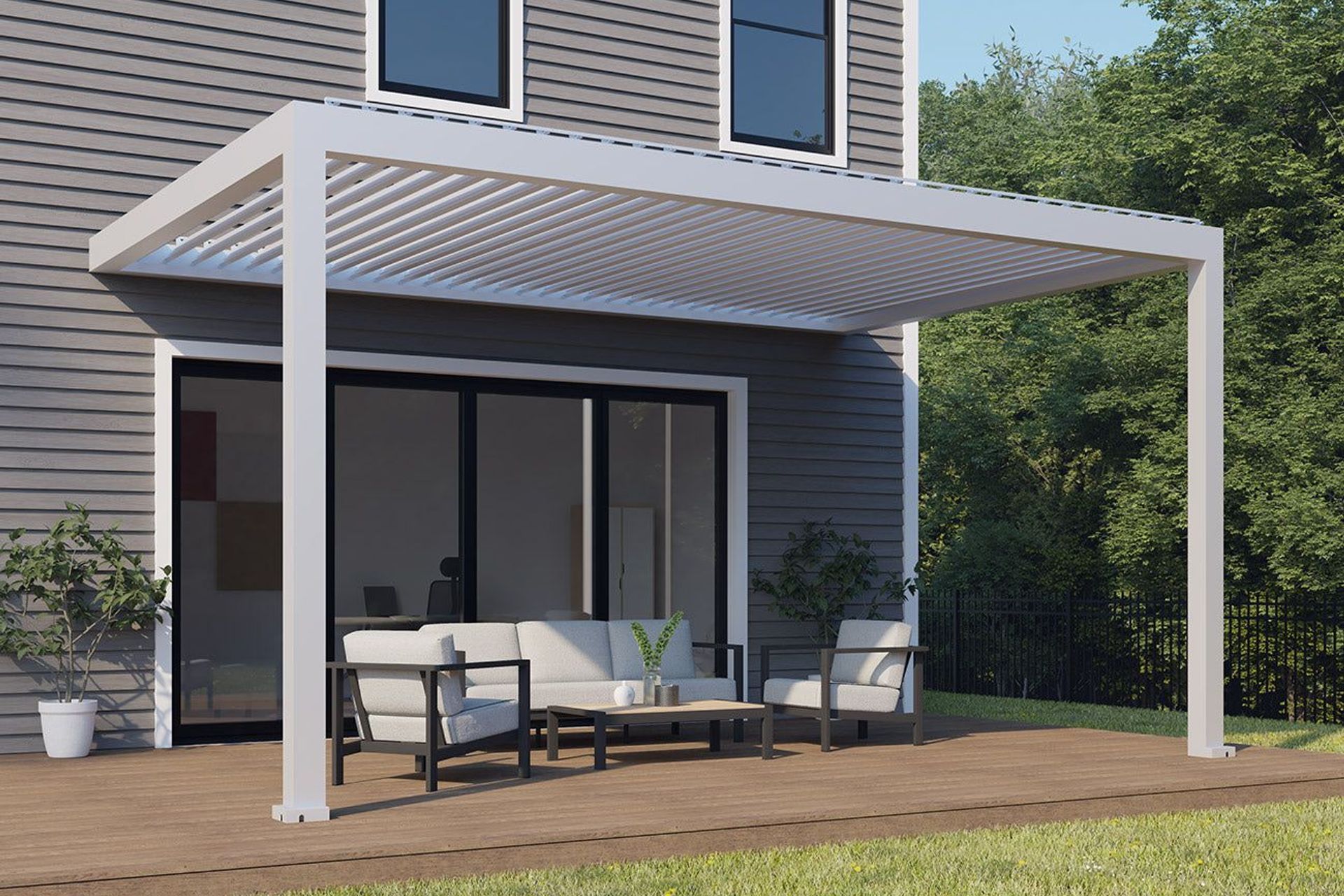
8. Synthetic slate tiles
Synthetic slate roofing is an alternative to slate shingles that have similar aesthetics but are a much lighter weight making them easier to work with.
Pros
They are typically made from composite materials consisting of polymers, rubbers and other recycled materials. As a result, they are often more cost-effective than other roofing materials, including natural slate. They are reliable and robust, holding up in a variety of environmental conditions making them great for most regions in Australia.
Cons
The UV resistance can be a little variable, depending on the quality of the product you choose which in some cases can lead to fading, leading to a drop in aesthetics. As with most roofing material types listed here, professional installation is also highly recommended.
9. Wood shingles
Wood shingles are a natural and aesthetically warm choice that are typically made from cedar or pine giving great rustic vibes to a home.
Pros
Derived from a renewable resource, they are an eco-friendly and sustainable choice that, when properly maintained, can last anywhere from 20 to 50 years. They are a great insulator and are resistant to most types of weather, especially when treated with preservatives.
Cons
This type of roofing requires maintenance, however, with regular cleaning and treatment to preserve its lifespan. Some areas in Australia may also have restrictions on the use of wood shingles due to the potential fire risk involved, although this can be mitigated somewhat with treatments.
10. Zinc roofing
A zinc roof is a niche choice in Australia but one that is more widely known and embraced as a suitable solution for roofing in our country.
Pros
Zinc is incredibly robust, offering a great lifespan of anywhere from 50 to 100 years when properly installed and maintained. It also has strong anti-corrosion properties, making it another great choice for any house by the beach.
It also has a unique aesthetic quality, starting out with typically a grey matt finish that slowly develops a natural patina over time. This patina also gives it greater protection making it a low-maintenance choice too.
Cons
Zinc roofing is considered a premium option in the market, so it requires more of an upfront investment than many others on this list. The patina aesthetic may not appeal to all either and the natural process of it happening can take a few months to years, though this can be accelerated with chemicals.
11. Terracotta roof tiles
Terracotta roof tiles are made from kiln-fired clay, and stand out due to their distinctive orange or reddish-brown hue. They can be either flat or shaped and may be glazed or unglazed. Terracotta tiles are popular for their distinctive aesthetic, which can increase the kerb appeal of a home they are used on. They are available in various shapes, such as round pan tiles, flat tiles, and Mission or barrel style, each adding a unique architectural touch.
Pros
The pros of terracotta roof tiles include their durability, fire resistance, high impact resistance, and wind resistance. These tiles are rot-resistant and eco-friendly, often made from locally sourced materials. They also boast exceptional thermal insulation properties, potentially reducing energy costs by up to 20%. The colour of terracotta tiles is naturally fade-resistant, as it is baked into the clay, and these roofs can last 50 to 100+ years with proper maintenance.
Cons
However, terracotta tiles come with certain drawbacks. They are expensive compared to other roofing materials. The heavy weight of the tiles might necessitate additional structural reinforcement, especially in areas with significant snow accumulation, which can add to the cost. These tiles are also fragile and prone to cracking, particularly under impact or incorrect handling. They require a waterproof underlayment, and for certain roof slopes, a double underlayment is needed.
12. Standing seam metal roofing
Standing seam metal roofing is recognisable due to its unique design featuring raised seams connecting vertical panels.
Pros
The roofing system's design also contributes to its energy efficiency. Many standing seam metal roofs use cool roofing technology, reflecting sunlight and dissipating heat, reducing energy costs. Another key advantage of standing seam metal roofing is its exceptional durability; these roofs can last between 30 to 50+ years.
Cons
The primary concern is the higher initial cost than other roofing materials influenced by factors such as metal type and roof design. Maintenance and repairs can be challenging due to the roof's design, and damage repair, particularly in mechanically seamed panels, can be cumbersome.
13. Green roofing
Green roofs, also known as living roofs, get the final mention on this list as a unique type of roof unlike any other you'll find across the country.
Pros
A green roof consists of a flat surface covered with vegetation, which includes grass and plants (and sometimes small trees) that provide a wide range of social, economic and environmental benefits. These benefits include better stormwater management, excellent insulation, improved air quality and noise reduction.
Cons
However, a green roof does come with greater responsibility in terms of upkeep, requiring the same levels of nurturing as a regular garden. They can also be expensive to install and require good structural support, given the weight of the soil and plants.
14. Fibreglass roofing panels
Fibreglass roofing panels are a lightweight and versatile roofing option, commonly used for structures like carports, patios, and pergolas but increasingly found in residential homes. Made from glass fibres embedded in a resin matrix, these panels are available in various colours, translucencies, and styles to suit different aesthetics.
Pros
Fibreglass panels are affordable, lightweight, and easy to install. They offer excellent corrosion resistance, making them ideal for coastal regions. Their translucency allows natural light to pass through, which can reduce lighting costs and brighten interior spaces. Fibreglass is also low maintenance and relatively durable for its weight.
Cons
Fibreglass panels are less durable than metal or tile roofing, with a shorter lifespan, especially under harsh weather conditions. Over time, they may discolour or become brittle due to UV exposure, requiring periodic replacement.
Related article: Popular roof types in Australia in 2024: pros and cons
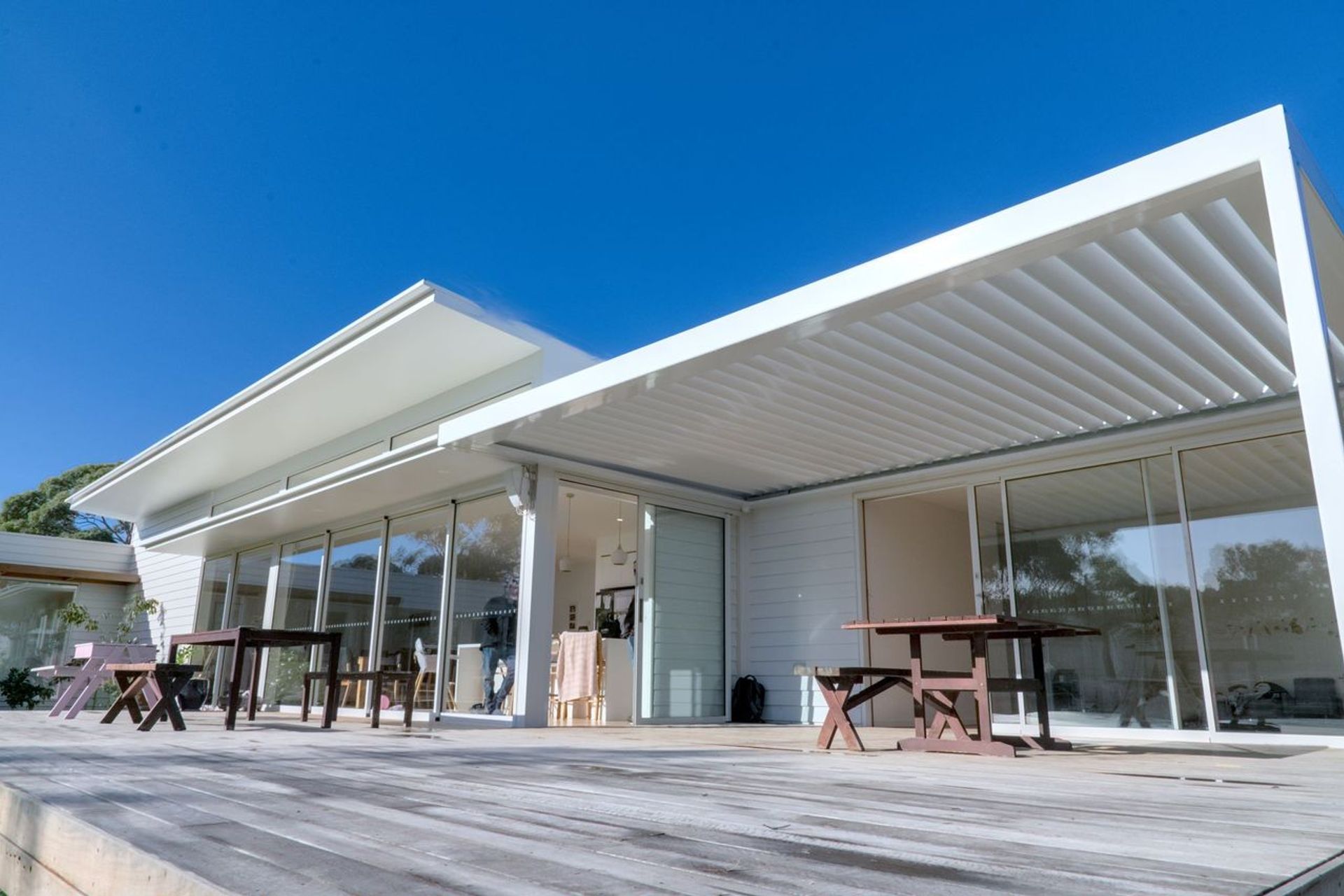
Some great roof options to consider
As we’ve shown, Australian builders and homeowners are lucky to have so many high-quality roof materials and options to choose from. While each has its own strengths and weaknesses, the negatives are almost always avoidable with competent installation and regular maintenance. Be sure to speak with your trusted roofing specialist to ensure you pick the type of roof that works best for you.
This article was updated on 16th December 2024
Browse high-quality roof tiles and slates from trusted Australian suppliers on ArchiPro


